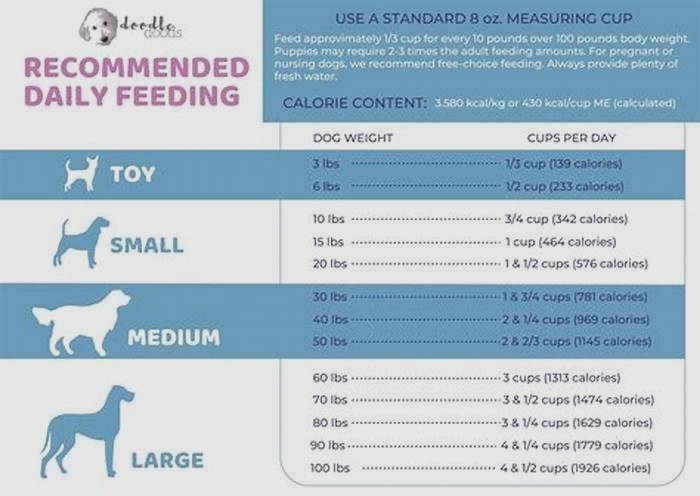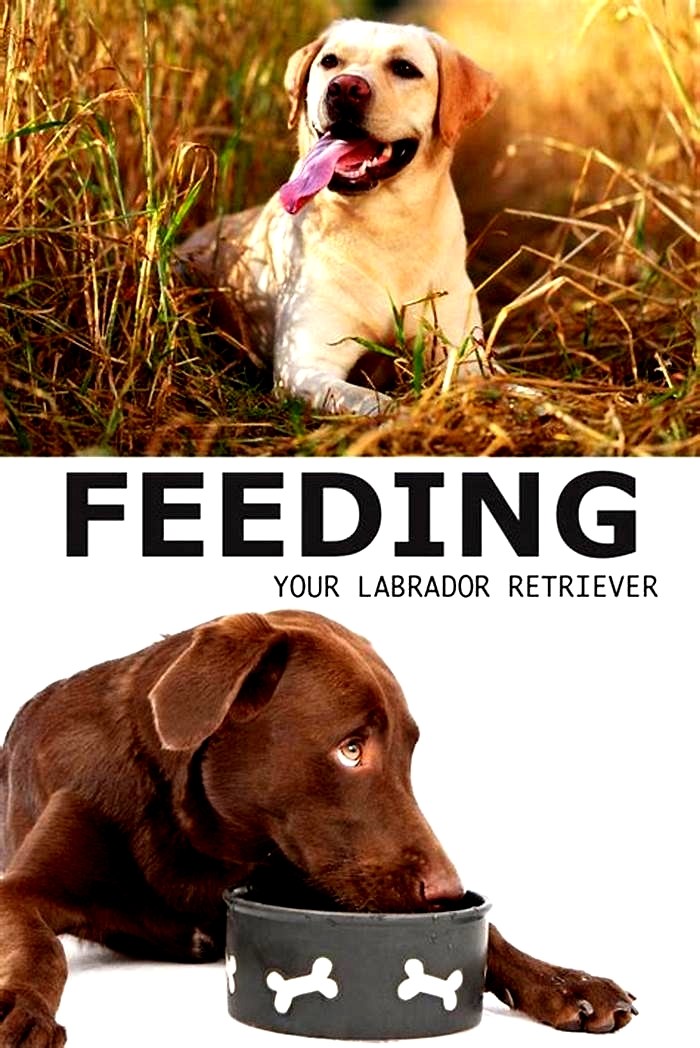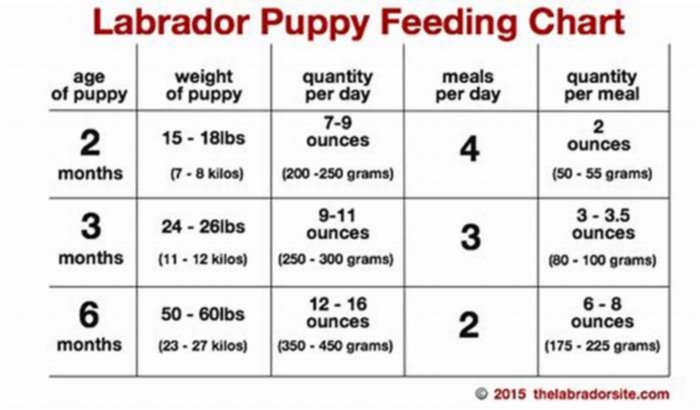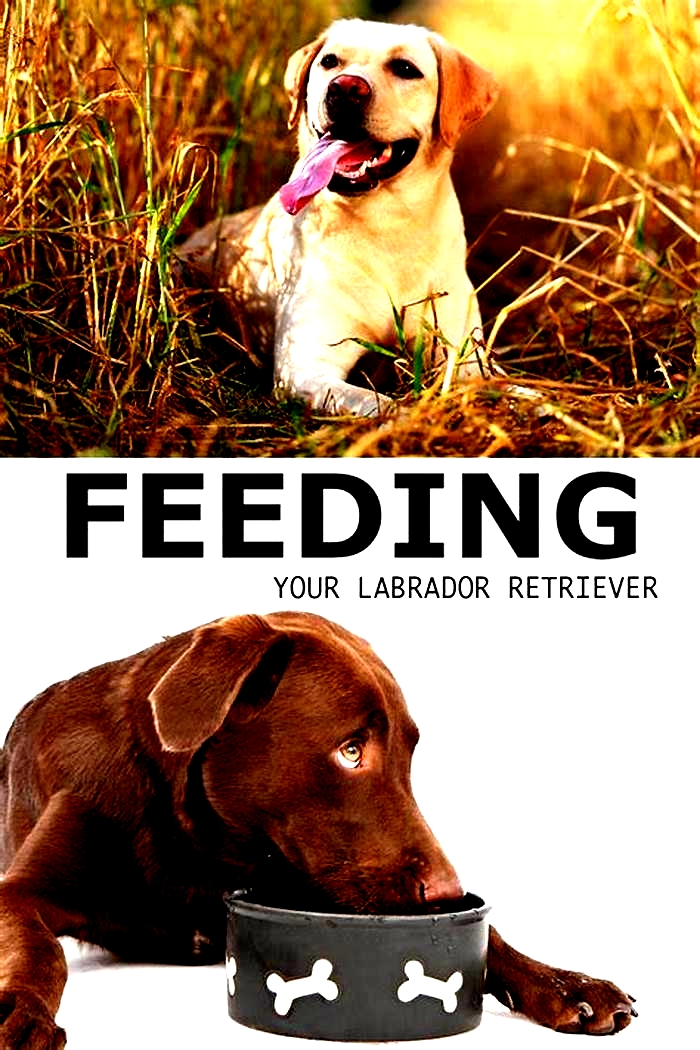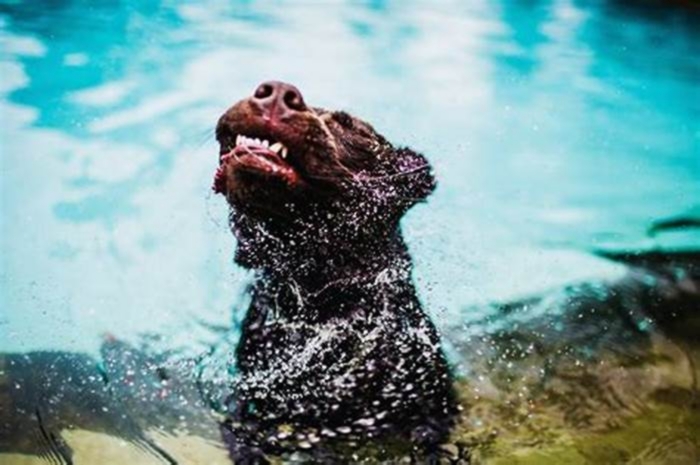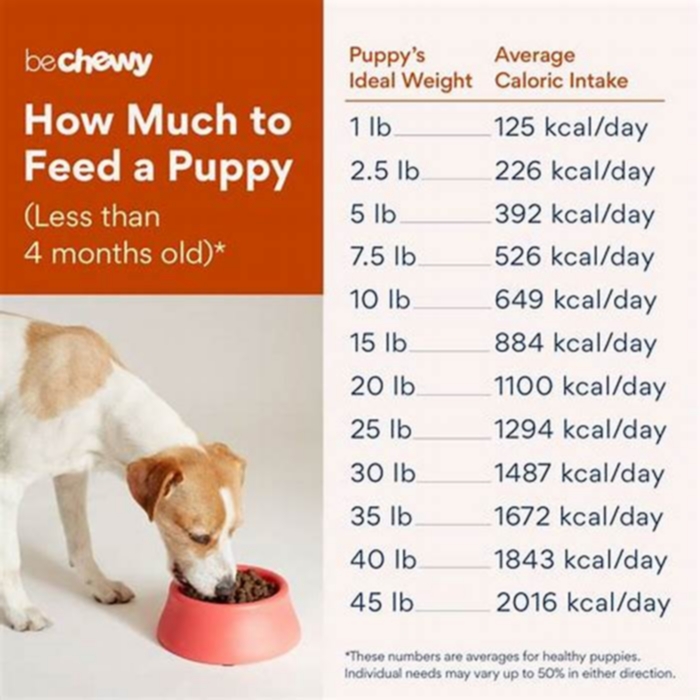What are the signs of a Labrador in heat

When do Labradors go Into Heat (Complete Guide)

Did you know that factors like age, nutrition, and even the environment can influence a Labrador heat cycle? If youre a Labrador parent, understanding their heat cycle is paramount.
Not only will this guide shed light on the stages and signs, but it will also offer practical tips to ensure a stress-free process for both you and your pet. Stick around to gain insights that could transform your journey with your Lab.
What is a Heat Cycle in Labradors?

The Labrador heat cycle is when a female dog reaches sexual maturity. For Labradors, this usually happens around six to nine months of age, but it can vary. The cycle is a biological process that prepares the dogs body for reproduction. It involves hormonal changes that trigger physical and behavioral changes, including swelling of the vulva, bleeding, and increased affection or restlessness.
The Four Stages of a Heat Cycle
The heat cycle is divided into four stages: Proestrus, Estrus, Diestrus, and Anestrus. Each stage has distinct characteristics and hormonal changes.

1. Proestrus Stage
During the Proestrus stage, which lasts approximately 9 days, female Labradors experience noticeable physical changes, such as a swollen vulva and the onset of bleeding. Behaviorally, she may become more agitated, clingy, or display nesting behaviors.
Its essential to provide a comfortable space and perhaps utilize doggy diapers to manage bleeding. Engage in gentle activities to keep Labrador calm and ensure she is not exposed to male dogs as she is not yet ready to mate.
The Proestrus stage in the estrous cycle of Labrador Retrievers is marked by several distinct signs:
- Vaginal Bleeding: This is one of the most noticeable signs. The amount of bleeding can vary greatly among individuals.
- Swelling of the Vulva: The vulva becomes swollen and enlarged. This change is quite evident and is a clear indicator of the Proestrus stage.
- Attractiveness to Male Dogs: Although the female is not yet receptive to mating, she becomes more attractive to male dogs. This is due to the pheromones and hormonal changes occurring during this stage.
- Behavioral Changes: Some dogs may exhibit changes in behavior. This can include increased clinginess or affection, restlessness, or even a bit of aggression in some cases.
- Licking of the Genital Area: Increased licking of the genital area is common due to bleeding and swelling.
- Changes in Urination: There might be an increase in the frequency of urination. This is a way for the female to spread her scent and signal her reproductive status to male dogs.
2. Estrus Stage
During the Estrus stage, which typically lasts about 9 days, the female dog becomes highly fertile. This phase is marked by a noticeable change in her vaginal discharge, which lightens from a bloody color to a more straw-like hue.
Its during this time that she becomes receptive to male dogs and is at her peak fertility. For breeders, accurately identifying this stage is essential for planning successful mating.
For pet owners who are not looking to breed their dogs, this stage requires careful management to prevent accidental pregnancies. Its important to closely monitor and control interactions with male dogs during this period.
Protective measures, such as employing specially designed canine garments, can be effective. Pet parents may need to consider altering their routines, such as isolating the female dog during walks or avoiding dog parks and other areas where off-leash male dogs might be present. These precautions are crucial in ensuring that an unplanned mating does not occur.
3. Diestrus Stage
Diestrus encompasses potential pregnancy if mating has occurred. Physical changes may not be as apparent, but if she has mated, her body will begin preparing for pregnancy. If not, she will gradually return to a non-receptive state.
Its crucial to provide optimal nutrition and a stress-free environment during this stage. If she has mated, a vet check-up is advisable to confirm pregnancy and guide her through prenatal care.
4.Anestrus Stage
Anestrus is a period of sexual inactivity that lasts until the next Labrador heat cycle begins. This is a resting phase where her body recuperates and prepares for the next cycle.
Regular vet check-ups during this stage can ensure she is recovering well from the previous heat and is in good health for the next.
When Do Labs Go Into Heat For The First Time?
As a responsible pet owner, it is crucial to be aware of the Labrador heat cycle and recognize the signs that indicate your female dog is ready to mate. This will help you manage her environment and interactions with other dogs during this period. Neutering your male Labrador can play a significant role in controlling his behavior during the Labrador breeding cycle, reducing the risk of unwanted pregnancies, and preventing certain health problems. By understanding and effectively managing the heat cycle in both male and female Labradors, you can contribute to their overall well-being and prevent potential issues.
How long do Labs stay in heat?
Labrador Retrievers enter the heat around six months of age and stay in the heat for up to three weeks. The first heat may typically occur between 6-12 months of age, and the cycle occurs twice a year. The cycle usually follows a regular pattern, and the female Lab will show signs of being lab in heat during each stage.
Signs that your Labrador is in heat may include vulva swelling, behavior changes, increased urination, and discharge. Its important to keep a close eye on your Labrador during this time and avoid off-leash walks and interaction with male dogs. Understanding the different stages of the heat cycle is also crucial if you plan to breed or take care of your Labrador. To ensure your Labrador stays safe and healthy, be mindful of when she may go into heat for the first time and monitor her closely throughout the entire cycle.When a puppy Labrador is in heat, it may go into heat every six months. During this time, they are fertile and may become pregnant if they mate. To avoid unwanted litter, its imperative to take care of your Lab during this time by providing water, keeping her indoors, and ensuring she stays calm.If your female Lab is in heat more than once a year, consider spaying her to prevent unwanted pregnancies.
Variations in Labrador Heat Cycle Frequency
While its common for labs to go into heat twice a year, not all Labradors follow this pattern. Some female Labrador Retrievers go into heat only once a year. Others may go into heat every three to four months. These variations can be influenced by factors such as breed, health, and individual physiology.
Its important to keep an eye on your Lab and note any changes in behavior or physical signs of heat. If your Lab is going into heat more frequently than average, or if the heat cycle lasts longer than average, it may be a good idea to consult with a vet. Similarly, if your Labrador is fertile but hasnt had heat for a long time (known as the next heat or third heat), its worth seeking professional advice.
How Often Do Labradors Go Into Heat?

If youre a Labrador owner, youve likely asked yourself, How often do labs go into heat? Understanding the frequency of your Labradors heat cycle is crucial for responsible pet care, and it can also help you plan if you intend to breed your Labrador.
Age
Labradors typically begin their journey into adulthood with their first heat cycle occurring between six and twelve months. This is a pivotal moment in their development. After this initial cycle, they generally settle into a rhythm of going into heat every six months.
But, like all things in nature, theres a hint of unpredictability at first. Young Labradors might not stick to a strict schedule, but as they grow older, their cycles become more like clockwork. Interestingly, senior Labradors slow down a bit, experiencing fewer heat seasons.
Yet, they retain the ability to conceive throughout their lives. Its a good practice to have regular vet check-ups to ensure your Labradors health and well-being, especially concerning her reproductive cycle.
Conception
Pregnancy and whelping are game-changers in a Labradors reproductive cycle. Post-pregnancy, the interval between heat cycles tends to stretch out a bit more.
Picture this: a study on the effects of whelping found that Labradors who had puppies saw their usual six-month estrus interval extend by about 52 days. Its a natural shift, akin to the changes human women experience post-childbirth.
So, if your Labrador has recently been a mom, gear up for a slightly longer wait before her next heat cycle.
Seasons
The influence of seasons on a Labradors heat cycle is a bit of a wild card. Generally, seasonality doesnt play a major role but dont rule it out completely. For instance, a study focusing on Labradors in tropical climates observed a dip in heat cycles during the hotter summer months.
It hints at the possibility that extreme weather might just tweak the regularity of a Labradors estrus cycle. This is more an exception than the norm. For most Labradors, the changing seasons dont significantly alter their heat cycle patterns.
Signs Your Labrador is Going Into Heat

As a Labrador owner, its essential to recognize the signs of heat in Labradors. This knowledge can help you provide the best care for your dog during this time. The signs can be categorized into physical and behavioral changes.
1) Physical Signs
The physical signs of a Labrador in heat are usually quite noticeable. The first sign is often swelling of the vulva. This swelling can be slight or quite pronounced, depending on the dog.
Another common sign is bleeding. This is similar to a womans period, but it doesnt happen at the end of the cycle, instead, it marks the beginning. The bleeding can range from light pink to dark brown and usually lasts for about a week to ten days.
| Physical Signs | Description |
|---|---|
| Swelling of the vulva | Can be slight or quite pronounced |
| Bleeding | Ranges from light pink to dark brown last for about a week to ten days |
2) Behavioral Changes
Behavioral changes can also indicate that your Labrador is going into heat. These can include increased affection, restlessness, and marking territory. Your normally well-behaved lady might start acting out in ways youre not used to, like trying to escape or paying extra attention to male dogs.
| Behavioral Changes | Description |
|---|---|
| Increased affection | Your dog might become more affectionate than usual |
| Restlessness | Your dog might seem unsettled or anxious |
| Marking territory | Your dog might start marking territory, a behavior more commonly associated with male dogs |
How to handle behavioral changes during the Labrador heat cycle
During the heat cycle, your Labrador will undergo physical and emotional changes. It is important to provide her with additional care and attention.
There are clear indicators to determine if your lab is in heat, including bloody discharge, swollen vulva, and increased urination.
Your dogs eating habits may suddenly change, with increased hunger or pickiness. Your dog may appear on edge, exhibiting behaviors such as excessive pacing or panting.
Some dogs become less energetic during the heat cycle. Delaying spaying can reduce the risk of certain health problems, but it is important to be mindful of the behavioral changes that can occur during this time.
3) Swollen Vulva
One of the most noticeable signs that your Labrador is entering her heat cycle is a significant swelling of the vulva. This isnt just a slight change, the vulva can swell to three or four times its normal size, making it a stark and unmistakable sign. Once youre familiar with what to look for, this swelling is hard to overlook.
4) Bleeding
Contrary to what many dog owners expect, Labradors typically do not bleed heavily during their heat cycle. The bleeding is often so minimal that it can be easy to miss. You might only notice a few drops of blood on their bed or the floor.
Using dog diapers can be an effective way to manage this and keep your home clean. To confirm your Labrador is in heat, check for a red discharge when wiping her vulva, especially if its also swollen.
5) Increased Self Cleaning
Labradors are generally diligent about their grooming, but this behavior intensifies during their heat cycle. If your Labrador is cleaning herself more frequently than usual, its likely shes trying to manage the bleeding associated with her heat cycle. This increased grooming effort is often the first sign that alerts owners to their Labradors heat cycle.
6) Humping & Flagging
During the heat cycle, some female Labradors may exhibit increased humping behavior, which can be directed toward other dogs, toys, or even people. This behavior should be considered in conjunction with other signs of heat, as humping can also be a playful action in puppies.
Your Labrador might display flagging, which involves moving her tail to the side to expose her rear end more frequently. This behavior, particularly prevalent during the third stage of the heat cycle, signals to male dogs that she is receptive to mating.
7) Admirers
An often-overlooked sign of a female Labrador in heat is the increased attention from male dogs. The pheromones released by a female Labrador in heat can attract male dogs from considerable distances.
If you notice more male dogs lingering around your yard or showing interest in your Labrador, its a strong indicator that she is in her heat cycle. Their keen sense of smell makes male dogs particularly sensitive to these pheromones, often detecting them before the heat cycles more visible signs become apparent.
Factors that affect the heat cycle in Labradors

Several factors can affect the reproductive cycle in Labradors, including age and breed, nutrition and health, and environmental factors.
1. Age and Breed
The age and breed of a female Labrador retriever can have an impact on when she enters her first heat cycle and how often the lab enters heat.
This can vary depending on breed and individual factors such as genetics. Some larger breeds may come into heat later than smaller breeds. Some breeds may have less frequent reproductive cycles compared to others.
2. Nutrition and Health
Nutrition and overall health can also play a role in a female Labrador heat cycle. Proper nutrition and a healthy lifestyle can help regulate the hormonal balance necessary for a regular estrus cycle.
Female Labradors that are underweight, overweight, or have underlying health conditions may experience irregular stay in heat cycles. To ensure your Labradors general health and well-being, supply her with well-balanced food and frequent veterinarian treatment.
3. Environmental Factors
Environmental factors such as seasons and climate can also affect the breeding cycle of Labradors. Female canines may have delayed or irregular heat cycles during periods of extreme weather or environmental stress.
Exposure to male dogs and other external factors can affect the timing of the Labradors estrus cycle. Its imperative to keep your female lab puppies away from male dogs during their breeding cycle to prevent unwanted pregnancies.
4. Hormonal Changes and Breeding Optimization
Understanding the hormonal changes during the estrous cycle, particularly the fluctuations of estrogen and progesterone, is crucial for breeders. These hormones influence not only the physical signs of each estrous stage but also the behavior and receptivity of the female dog.
Recognizing and interpreting these changes can assist in optimizing the timing for breeding, ensuring it occurs during the peak fertility period.
Hormonal Treatments
In some instances, breeders might explore hormonal treatments to manage or manipulate the estrous cycle. While these treatments can provide control over the timing of the cycle and suppress unwanted heat behaviors, they are not without risks and side effects.
Its imperative to approach hormonal treatments with caution and always under the guidance of a veterinarian to safeguard the health and well-being of the dog.
Managing a female Labrador heat cycle

Managing a breeding cycle for female Labradors can be a challenging but critical task for pet owners. Below are some tips for keeping your Labrador comfortable during her reproductive cycle, strategies for preventing unwanted mating, and what to do when your dog is in heat.
Tips for Keeping Your Labrador Comfortable During Her Heat Cycle
When a female Labrador retriever is in heat, she may experience discomfort and behavioral changes, so its critical to keep her comfortable. Some recommendations for keeping your Labrador comfortable throughout the breeding cycle include providing a pleasant and quiet environment.
This includes ensuring they have access to fresh water and healthy food and giving them additional attention and affection to help relieve tension.
- Provide your Labrador with a comfortable and clean place to rest, away from male dogs.
- Use dog diapers or pads to help manage any discharge during her reproductive cycle.
- Keep your Labradors bedding and living area clean to prevent infections.
- Avoid bathing your Labrador during her heat cycle, as it can interfere with the natural balance of hormones.
What to Do When Your Dog is in Heat
Observe your puppys behavior and keep an eye on it when its in heat. You may notice some changes in their demeanor, such as increased restlessness or stinginess, so pay close attention to them and reassure them.
Keep your female canine away from male dogs, even if they are neutered, since they may still display mating tendencies.
- You should keep your female dog breed indoors or on a leash when outside to prevent unwanted matings.
- Use dog diapers or pads to help manage any discharge during her heat cycle.
- Avoid bathing your Labrador during her heat cycle, as it can interfere with the natural balance of hormones. Bathing can interfere with the natural scents and pheromones crucial for signaling her reproductive state to male dogs.
- If your female Labrador exhibits unusual or disturbing symptoms such as excessive bleeding or lethargy, consult your vet.
How to Prevent Your Labrador from Getting Unwanted Pregnant
If you have a female Labrador retriever and youre not planning on breeding her, its critical to take steps to prevent her from getting pregnant. Female canines typically become ready to mate around six months old and can become quite attractive to male dogs during this time.
Its crucial to keep your Labrador indoors or on a leash when she is in the heat to avoid unwanted pregnancies.

To prevent your Labrador from getting pregnant, you should consider spaying her, which involves removing her reproductive organs.
This isnt a permanent solution, but its the most effective way to prevent unwanted pregnancies and avoid the health risks associated with breeding. Alternatively, you can use hormone injections or other contraceptives, but these methods may not be as reliable as spaying.
1)Spaying
The most effective way to prevent your female lab from getting pregnant is to spay her. By removing the uterus and ovaries, spaying completely removes the possibility of pregnancy. Long-term health benefits of spaying can also include a reduced risk of several illnesses and cancers.
2)Hormonal Contraceptives
Hormonal contraceptives like birth control pills, injections, or implants can be used to prevent pregnancy in female puppies. These contraceptives operate by inhibiting egg release, delaying ovulation, and thickening cervical mucus, making it more difficult for sperm to enter the uterus.
Hormonal contraceptives, on the other hand, might have unfavorable side effects and are not recommended for many dogs.
3)Barrier Methods
We can prevent Female Labs from becoming pregnant by using barrier measures such as dog condoms. These procedures prevent sperm from accessing the females reproductive system by covering the male dogs penis. Unfortunately, barrier solutions can be difficult to implement and are not always successful.
4)Keep Female Dogs Away from Male Dogs
Separating female pups from male dogs is the most natural approach to preventing conception. This can be accomplished by keeping your female Labrador indoors or on a leash while outdoors, or by spaying her.
When to spay or neuter your Labrador
The choice to spay or neuter your Labrador should be discussed with your veterinarian. There are some broad recommendations to follow when deciding when to spay or neuter your Labrador.
| Spaying a Female Labrador | Spaying a Labrador, which involves removing the ovaries and uterus, eliminates the heat cycle and minimizes reproductive health risks. While theres a general guideline, the optimal age for spaying can depend on individual health and breed, with precise timing advised by a veterinarian. |
| Neutering a Male Labrador | Sterilizing a male Labrador involves removing the testicles, and reducing certain health risks andbehaviors like aggressionand marking. While theres a general guideline for the appropriate age, the exact timing for this procedure can depend on the dogs health and breed and should be advised by a veterinarian. |
When considering whether to spay or neuter your Labrador, its crucial to consider potential dangers, like infection or complications, during the operation.
Your vet can assist you in evaluating the advantages and disadvantages of neutering or spaying your dog. They can also guide you in selecting the most appropriate alternative based on your specific needs.
To lower your chances of developing certain diseases, neutering or spaying your Labrador can help prevent litter. This will help reduce the number of stray dogs in shelters by preventing litter.
The choice to spay or neuter your Labrador should be made after extensive research and consultation with your vet, based on your dogs particular circumstances and needs.
By taking the time to consider all the pertinent factors, you can make an informed decision that promotes your dogs overall health and well-being.
Conclusion
Labrador retrievers go through a heat cycle when they reach maturity. There are ways to prevent pregnancy, including spaying or neutering, and managing your dogs heat cycle. Talk to a veterinarian to figure out the most appropriate time to spay or neuter and manage your labs heat cycle. Youll improve your dogs health and lower the risk of unintended pregnancies.
If you have any concerns or questions about your Labradors reproductive health, consult your veterinarian for professional advice and guidance. For more information on how to effectively manage your Labradors heat cycle, explore our other resources or join our online community of Labrador owners.
FAQ
How long will my Labrador bleed during the heat?
A female Labrador will typically bleed for around 7 to 10 days while in heat, but the bleeding can last from 4 to 21 days, with the average being 7 days.
During which month do Labradors go into heat?
Labradors typically go into heat for the first time between six and twelve months of age, with most Labradors starting their heat cycle when they are between 9 to 12 months old. After the first heat cycle, female Labradors will go into heat approximately every six months, although the exact timing can vary from dog to dog.
What is the heat cycle duration for Labradors?
The heat cycle duration for Labradors can vary, but it typically lasts between 2 to 4 weeks. The fertile stage of the heat cycle, known as Estrus, usually lasts from 5 to 14 days.
How long does a Labrador season last?
A Labradors heat cycle, also known as a season, typically lasts between 2 to 4 weeks. The fertile stage of the heat cycle, called Estrus, usually lasts from 5 to 14 days.

